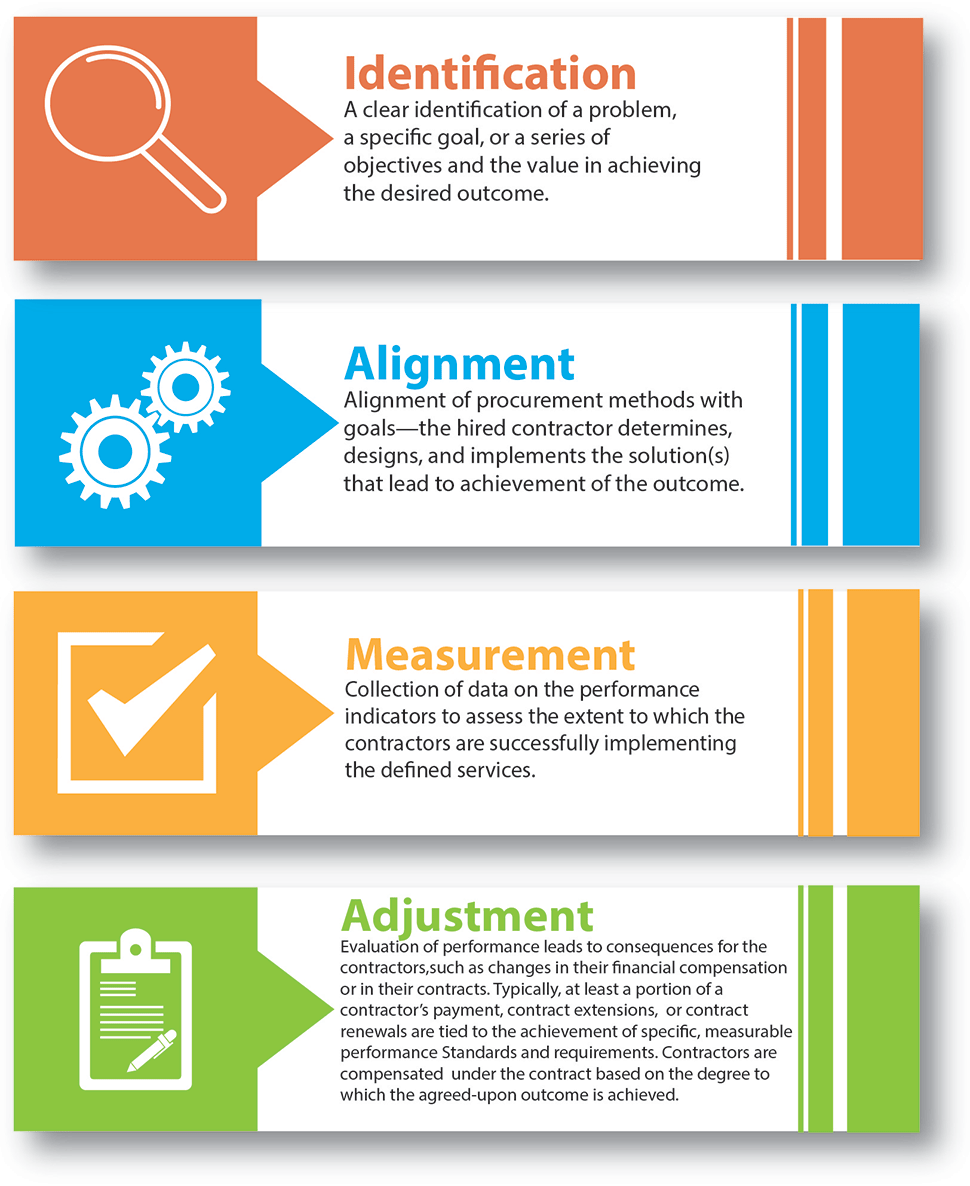May/June 2021 | Vol. 26 No. 3
 by Stacy Tatman, Senior Manager, Government Relations and Legal Analysis, NEMA
by Stacy Tatman, Senior Manager, Government Relations and Legal Analysis, NEMA
The Federal government spends $600 billion annually on contracting goods and services.1 With the issuance of Executive Order (EO) 14005,
“
Ensuring the Future Is Made in All of America by All of America’s Workers,” 2 President Biden seeks to ensure that “the Federal government is investing taxpayer dollars in American businesses—both small
and large.” In the Administration’s effort to support the manufacturing capabilities and technology needed “to build a clean energy future and strengthen our national security,” 3 the EO mandates that the Federal
Acquisition Regulatory Council (Council) “shall consider proposing for notice and public comment amendments to the applicable provisions in the Federal Acquisition Regulation (FAR), title 48, Code of Federal Regulations.”4
The EO directs that the Council’s proposal would require FAR to identify domestic end products where domestic content is “measured by the value that is added to the product through U.S.-based production or U.S. job-supporting economic activity…”5 The proposal would also include an increase in the “price preferences for domestic end products and domestic construction materials.” 6

This shift in focus from emphasizing value over price considerations marks a clear move toward outcomes-based contracting. The purpose of an outcome-based contract (OBC) is to obtain better value, better performance, and lower costs. Because OBC ties
compensation to a contractor’s ability to meet, or exceed, defined program outcomes in a meaningful and measurable way, it incentives the contractors to devise the most effective and efficient way to perform the work for which they are hired.
NEMA has promoted OBC and recently published an issue paper on the subject.7 OBC is a form of contracting comprised of four discrete characteristics: identification, alignment, measurement, and adjustment:8,9
NEMA has specifically supported this concept in connection with transportation issues. Today’s roadway infrastructure has evolved from traditional concrete and asphalt foundations to complex systems that utilize sophisticated communication and information
technologies applied throughout the entire transportation system. To address these complex roadway infrastructure needs, OBC is quickly becoming the standard for best practice. ei
-----------------------------
1 https://www.whitehouse.gov/briefing-room/statements-releases/2021/01/25/president-biden-to-sign-executive-order-strengthening-buy-american-provisions-ensuring-future-of-america-is-made-in-america-by-all-of-americas-workers/.
2 https://www.federalregister.gov/documents/2021/01/28/2021-02038/ensuring-the-future-is-made-in-all-of-america-by-all-of-americas-workers.
3 https://www.whitehouse.gov/briefing-room/statements-releases/2021/01/25/president-biden-to-sign-executive-order-strengthening-buy-american-provisions-ensuring-future-of-america-is-made-in-america-by-all-of-americas-workers/.
4 https://www.federalregister.gov/documents/2021/01/28/2021-02038/ensuring-the-future-is-made-in-all-of-america-by-all-of-americas-workers.
5 ld.
6 Id.
7 https://www.nema.org/docs/default-source/nema-documents-libraries/whitepaper-on-outcomes-based-contracting.pdf?sfvrsn=f3ad2716_2.
8 https://pwc.blogs.com/deals/2015/08/outcome-based-contracts.html.
9 https://hwpi.harvard.edu/files/govlabs/files/results_driven_contracting_overview.pdf.